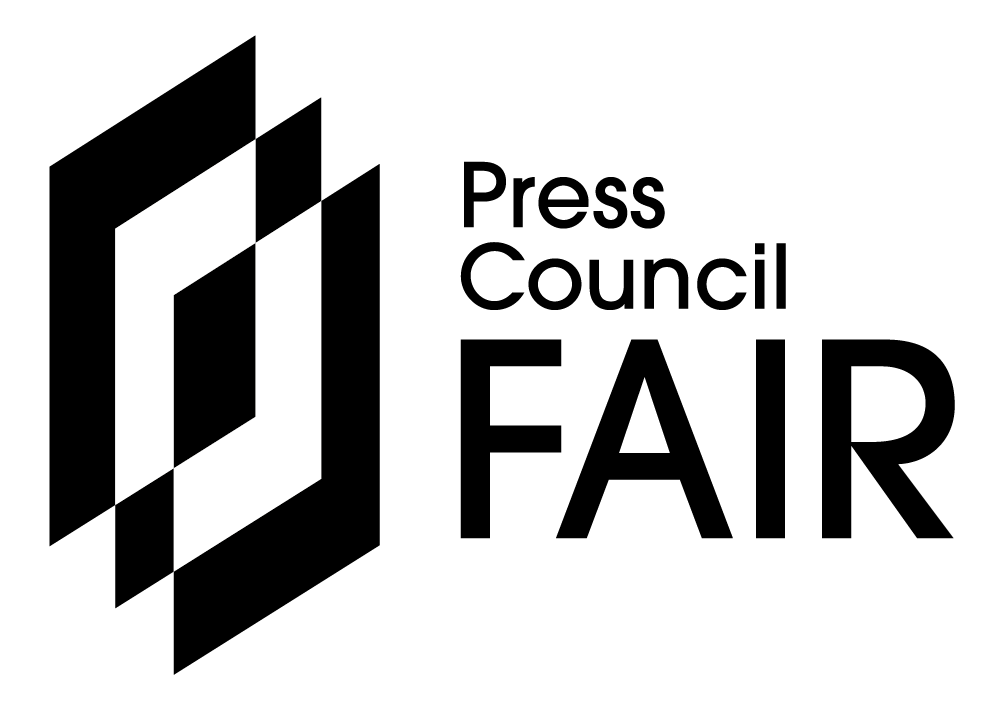BUSINESS NEWS - The South African Reserve Bank (SARB) Monetary Policy Committee (MPC) has decided to reduce the policy rate by 25 basis points, to 6.75%, with effect from 20 November.
Delivering the last MPC statement of the year on Thursday, SARB Governor Lesetja Kganyago said the decision to reduce the policy rate was unanimous.
“Members agreed there was scope now to make the policy stance less restrictive, in the context of an improved inflation outlook. The risks to the growth outlook are assessed as balanced. Inflation has accelerated somewhat over the past few months, reaching 3.6% for October. This is higher than the 3% average for the first half of the year.
“The uptick is mainly due to non-core items: meat, vegetables, and fuel. We continue to see this pressure as temporary, with inflation heading lower again from the beginning of next year. Indeed, recent outcomes have undershot our forecasts slightly,” the Governor said.
Due to a stronger rand, and a lower oil price assumption, there is a small downward revision to the inflation outlook, for both 2025 and 2026.
“For inflation expectations, we do not have an update from our usual survey this meeting, but market rates and surveys of analysts both show further progress towards the 3% objective.
“Core goods prices are benefitting from exchange rate strength. Food price inflation seems to have peaked, although we have a small upward revision to this forecast, mainly from beef prices.
“Services inflation is unchanged from the last meeting: the announced medical aid increases are lower than last year’s; at the same time, housing inflation has accelerated, which warrants ongoing scrutiny,” Kganyago said.
The MPC assessed the risks to the inflation outlook as balanced.
“The Quarterly Projection Model continues to forecast gradual rate cuts as inflation subsides. As before, this rate path remains a broad policy guide. Our decisions will continue to be taken on a meeting-by-meeting basis, with careful attention to the outlook, data outcomes, and the balance of risks to the forecast.
“Domestic growth is looking better than last year. The second quarter data surprised on the upside and the third quarter indicators are looking broadly positive. Household consumption has also been rising but investment continues to disappoint,” he said.
For this meeting, the MPC considered two risk scenarios.
“The first scenario featured a US dollar rebound, recognising that while the rand has appreciated this year, this partly reflects broad dollar weakness, not just rand strength. In this scenario, the rand depreciates back to its 2023 levels against the dollar, rather than holding on to its recent gains, as in our baseline.
“The second scenario was based on higher administered prices, linked to a rapid correction of the R54 billion electricity pricing error disclosed a few months back. The scenario also had inflation expectations staying higher for longer, in response,” the Governor said.
Both scenarios featured tighter monetary policy, with rates coming down more slowly compared to the baseline.
The administered price scenario in particular shows that if price setters take on board the 3% target, South Africa will have space to get to lower rates faster.
At its second last meeting of the year in September, the central bank kept the repo rate unchanged at 10.5%.
At the tabling of the Medium Term Budget Policy Statement (MTBPS) earlier this month, National Treasury announced a new inflation target for South Africa of 3% with a 1 percentage point tolerance band. The announcement followed agreement between the Governor and the Minister of Finance Enoch Godongwana.
Godongwana had further consulted with the President and Cabinet on the decision.
The new target immediately replaces the previous target range of between 3 and 6%, and will be implemented over the next two years. -SAnews.gov.za
‘We bring you the latest Garden Route, Hessequa, Karoo news’

















